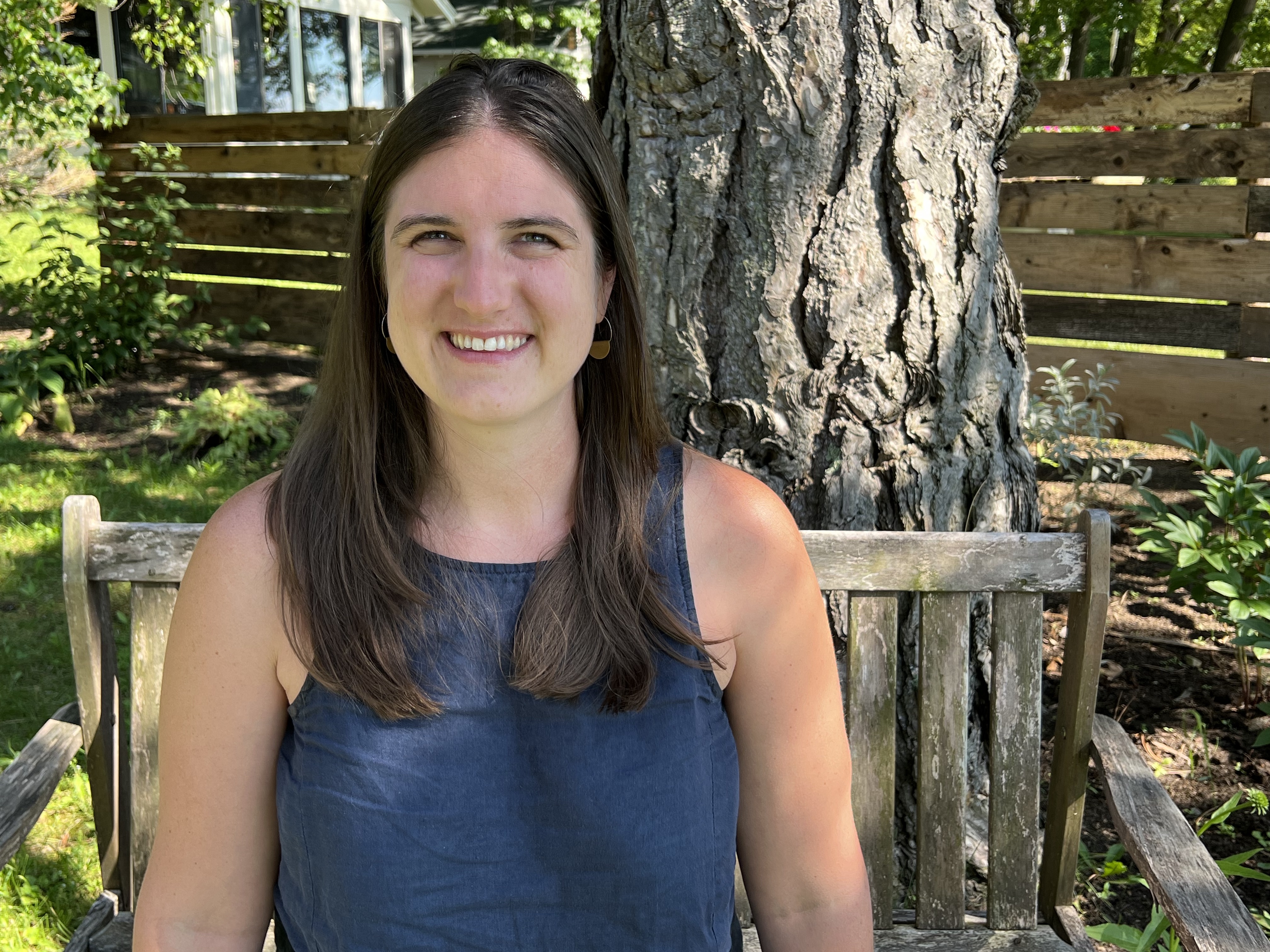Research
Working papers
Abstract
We study the costs of and the housing market response to subsidence- the sinking of land areas due to groundwater over-extraction- in Mexico City. We propose an equilibrium model of the housing market that features housing re-development in the face of an evolving environmental hazard that has both realized and expected future impacts to home quality. Our model highlights that while realizations of subsidence attract development by lowering the opportunity cost of re-building units, information frictions affecting the capitalization of future risk lead to an over-supply of housing in risky areas. Guided by model-derived estimating equations, we exploit quasi-random variation in sinking intensity to estimate the impact of both realized and future subsidence on home values and redevelopment. We find that realized subsidence imposes substantial costs, lowering prices by 1.5% on average. However, prices are unresponsive to measures of expected future sinking, and novel survey evidence suggests that information frictions affect the ability of homebuyers to capitalize predictable future risk. Consistent with model predictions, units that have experienced more sinking are more likely to be redeveloped, as these have lower opportunity cost of being re-built. Evaluating welfare using our parameter estimates implies that subsidence costs Mexico City a total of $33 billion USD, about $18 billion of which are due to information frictions that inefficiently increase the housing stock in the riskiest neighborhoods.
Abstract
The gains from water trading can vary significantly depending on local conditions as well as the specifics of market design and implementation. However, models of water trading necessarily rely on assumptions that simplify the social, institutional, and environmental landscape within which a water market operates. We systematically evaluate peer-reviewed papers that estimate the gains from water trading to assess how models of water markets take this local context into account. Our results demonstrate that whether and how models incorporate key considerations varies widely, with implications for the accuracy of results. We find that estimates of the economic impacts of water trading in the published literature are more likely to consider distributional effects and incorporate features of the legal and regulatory environment than to account for third-party impacts, transaction costs, the consequences of trading for the economy at large, or the administrative costs associated with setting up and operating a market. Understanding what features a model takes into account is important for interpreting its policy implications. Researchers modeling the gains from trade could better support local decision makers by explicitly articulating their models’ capabilities and limitations.
Selected work in progress
Sprawl and the costs and benefits of promoting compact cities: Evidence from Mexico with Rodolfo Oviedo-Moguel
Rural road upgrading and transportation in Rwanda with Marco Gonzalez-Navarro, Florence Kondylis, John Loeser, Maria Jones, and Eric Jospe
Protect the forest, protect cities? Land use change externalities and flooding in Brazil with Alice Schmitz
Differential subsidence, damages, and fragility: Evidence from a systematic analysis of structural vulnerability in Mexico City with Enrique Fernández-Torres
